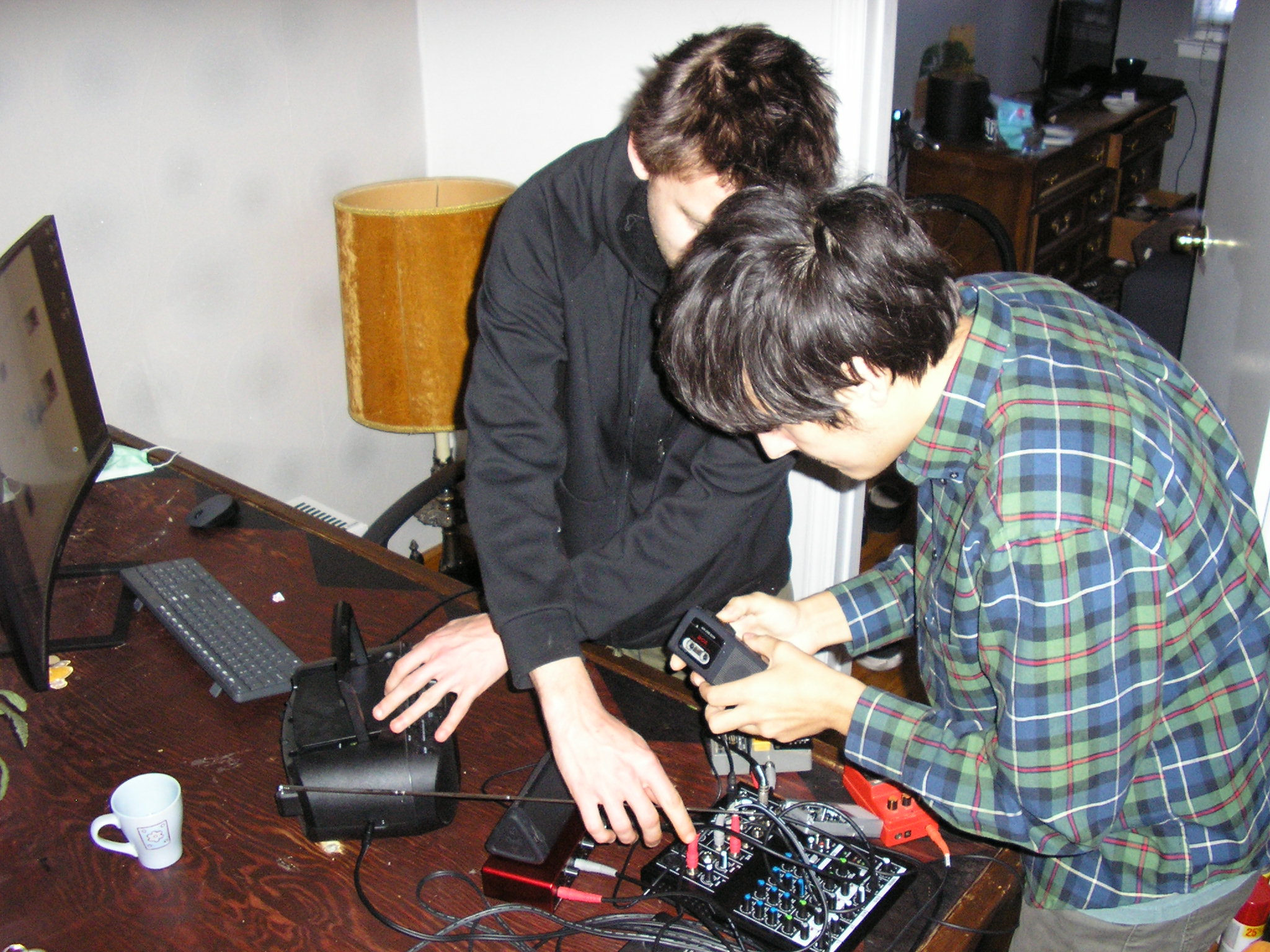Gradations I-II [notes + extras]

Something of a neoclassical rendition of flickering celluloid abstraction, Tachick’s Gradations I-II pushes the in-camera edit to its limit. While the film’s stuttering pulse should be relatively familiar to those acquainted with the history of experimental cinema, this rhythm is at the same time unmistakably digital, with multiple layers of sequences intersecting and diverging at a frequency scarcely imaginable without the aid of modern day non-linear editing systems. This interweaving of digital and analogue rhythms form a tempo that is at once familiar and alien, a new cadence is established that chips away at this tried and true mode of filmmaking from within.
The materiality of the film strip that itself accounts for so-called “in-camera editing” is maintained (in a digital form) yet altered by way of addition. The immateriality of copy+paste confronts these once finite dimensions and extends them beyond their original rhythmic and textural capacities. What we are left with is a new form built by a multiplication of the old, a form which takes the final forms of the past as building blocks to be stacked and combined into a new shape.


The film itself was shot at various framerates but plays at 18fps. Because the layers are playing at a different speeds the images continuously slip in and out of sync with one another causing the film to drift between recognizable forms and abstraction. The flickering evanescence of the images tests our ability to distinguish motion from afterimage, continuously usurping the expectations we gradually form throughout our lifetime of exposure to motion pictures.
As the film wears on, this disorientation periodically gives way to a stroboscopic bliss, the blurred image brings the materiality of the celluloid to the foreground as the defined contours of the images themselves retreat. With the multiplied layers of grain echoing across different temporalities the image begins to almost take on a 3 dimensional quality. We see an image and its inversion fly by in such quick succession that it seems for a brief moment as if they were carved into the screen itself, but by the time we are able to process this information it's already too late.



images: Dylan Tachick and Jake Vandervloed compose the score for Gradations I-II
To illustrate the above-mentioned "layering" further, we've included the ungraded in-camera edit of the film
ph. Christina Sweeny & Jane Matchak